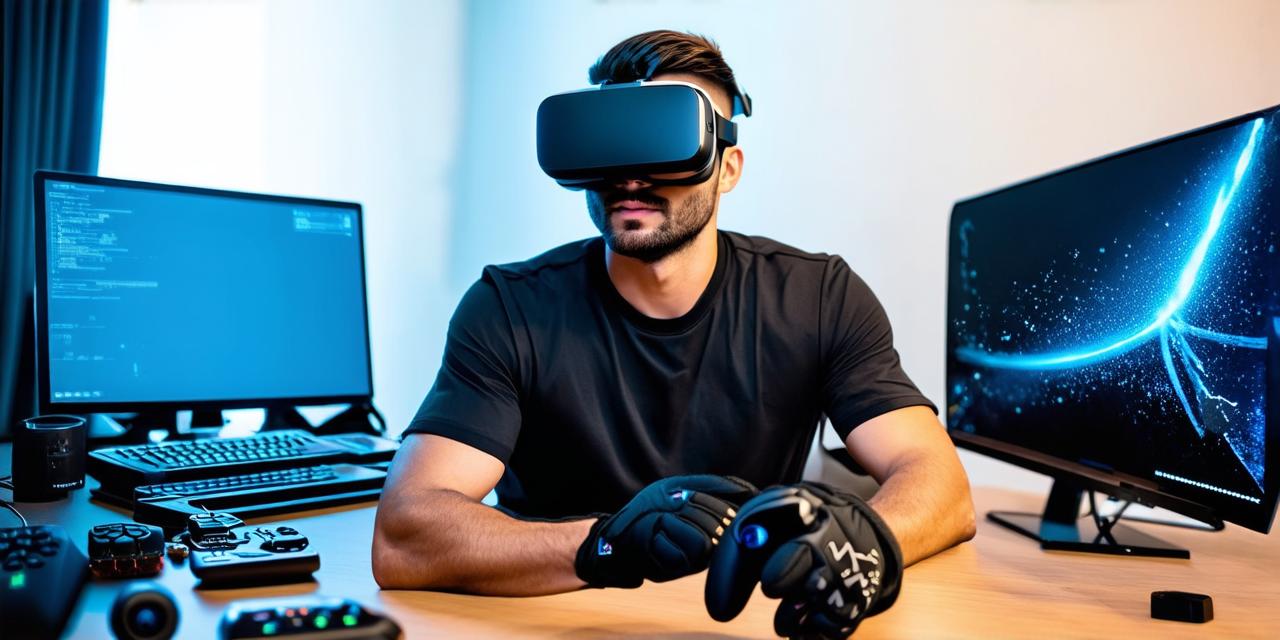
What sets augmented reality apart from virtual reality?
Virtual reality and augmented reality are two of the most exciting emerging technologies in the tech industry. While they share some similarities, there are also significant differences between them. In this article, we’ll explore what sets augmented reality apart from virtual reality, with a focus on their key features and use cases.
Virtual Reality vs Augmented Reality:
Virtual reality is a computer-generated simulation that completely immerses the user in a simulated environment. The user wears a headset or goggles that blocks out the real world, creating a sense of disorientation as they are transported into a virtual world. Virtual reality experiences can range from gaming and entertainment to training and education.
Augmented reality, on the other hand, is a technology that overlays digital information onto the real world. This information can take many forms, including graphics, animations, and interactive objects. Augmented reality experiences are accessed through smartphones or specialized devices that use cameras and sensors to track the user’s position in the real world.
Key Features and Use Cases of Virtual Reality vs Augmented Reality
Virtual Reality:
- Complete Immersion – Virtual reality completely immerses the user in a simulated environment, making them feel as if they are truly in that world.
- Limited Interaction – Virtual reality environments can be static and limited in terms of interaction with the user.
- High Cost – Virtual reality technology is expensive, both for the hardware and software required to create and experience virtual reality.
- Limited Applications – Virtual reality is mainly used in gaming, entertainment, and training applications.
Augmented Reality:
- Partial Immersion – Augmented reality only partially immerses the user in a digital environment, allowing them to remain grounded in the real world.
- High Interaction – Augmented reality environments can be highly interactive, allowing users to interact with digital objects and information in real-time.
- Lower Cost – Augmented reality technology is generally less expensive than virtual reality, as it does not require a headset or specialized hardware.
- Wide Range of Applications – Augmented reality has a wide range of applications, including gaming, education, marketing, and retail.
Real-life Examples of Virtual Reality vs Augmented Reality in Action
Virtual Reality:
- Gaming – Virtual reality is commonly used in gaming, with popular games like “Beat Saber” and “Oculus Quest 2” providing immersive gaming experiences.
- Training – Virtual reality is also used for training purposes, such as in the military for simulated battlefield scenarios.
- Medical – Virtual reality is being explored as a tool for medical training, allowing doctors to practice surgical procedures in a safe and controlled environment.

Augmented Reality:
- Marketing – Augmented reality is increasingly being used in marketing campaigns, with companies like IKEA using AR to let customers visualize furniture in their homes.
- Education – Augmented reality can be used to enhance the learning experience, such as in history lessons where students can explore ancient ruins virtually.
- Retail – Augmented reality is being used by retailers to provide customers with virtual try-ons of clothing and makeup, allowing them to see how products would look on them before making a purchase.
Expert Opinions and Research Findings
According to a report by MarketsandMarkets, the global augmented reality market is expected to grow from $20.4 billion in 2019 to $99.7 billion by 2025. This growth is due to the increasing adoption of AR technology in various industries, including gaming, marketing, and education.
Virtual reality, on the other hand, is expected to grow at a slower rate, with a market size of $43.8 billion by 2025. However, virtual reality still has significant potential in areas like training and entertainment.
Conclusion
In conclusion, virtual reality and augmented reality are two very different technologies with their own unique features and use cases.


